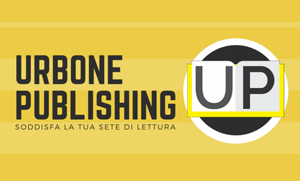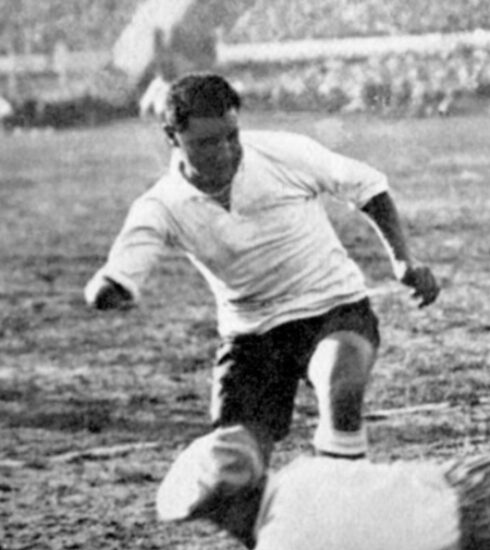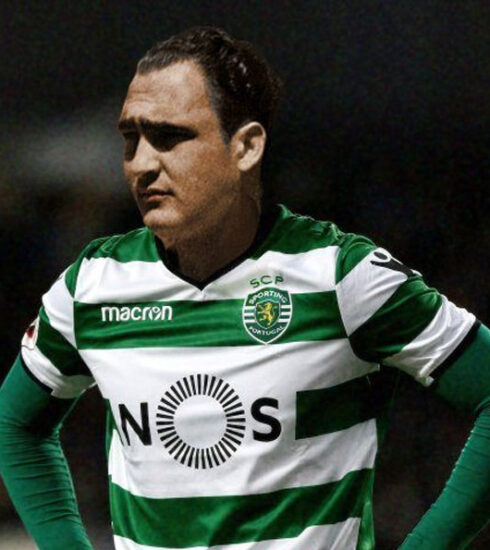BRUNO MORA: There is a wizard on the wing
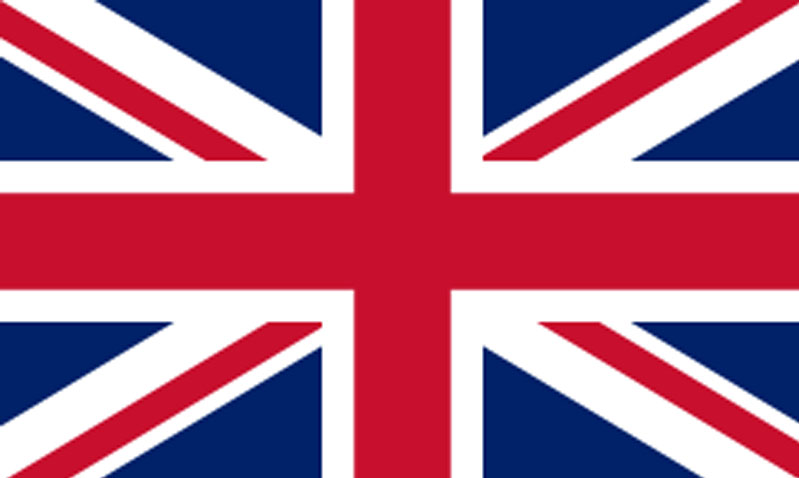

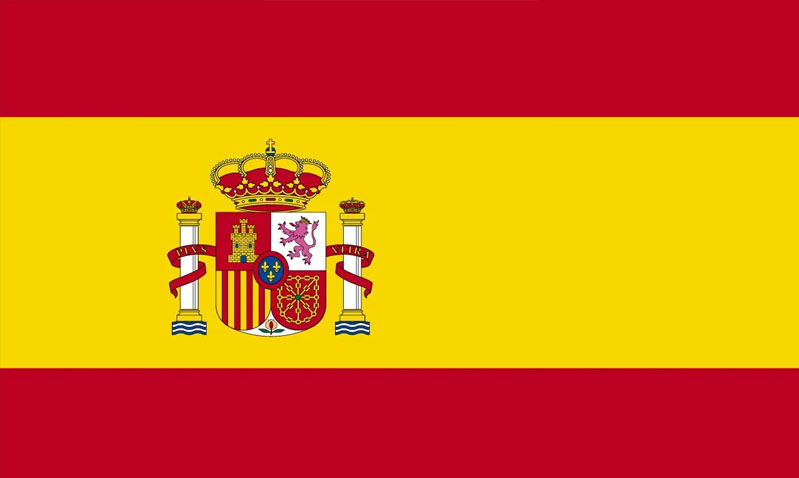
For many (certainly for those lucky enough to have seen him in action) Bruno Mora was the better Parma player ever.
Beware though.
Mora was born in Parma but he was born in Oltretorrente, in ‘Parma Vecchia’ and this is not a secondary aspect.
Arturo Toscanini, Guido Picelli and Alberto Michelotti were born there.
Oltretorrente is historically the poorest and most deprived neighbourhood.
If you were born there, at least until the Second World War, you were almost always forged in poverty and to get out you had to have these two qualities: uncommon willpower and great talent.
Bruno Mora was born here, in 1937, and he never lacked either of these two qualities.
You could easily see it when in those alleys of ‘Parma Vecchia’ with a ball made of rags or rolled-up cardboard he drove his peers crazy with his feints and serpentines.
Bruno was fatherless. He was an engineer and the war took him away.
The kid is really good with the ball. His beginnings are in Giovane Italia, the city’s historic team and inexhaustible source of talent.
There is a tournament in the province of Mantua in which Sampdoria also participates.
That skinny boy, quick as lightning and able to caress and ‘whip’ the ball when necessary, is a cut above the rest.
Sampdoria didn’t think about it for a second.
Bruno left for Genoa at the age of fifteen with his cardboard suitcase.
He goes to live with a host family as it was then.
Room and board and some money in his pocket for an ice cream or a sandwich.
In 1957, at the age of 20, Bruno Mora made his Serie A debut with the Ligurian team.
The Dorian public immediately fell in love with him.
He plays on the wing. He is skinny and quick. He past his man with extreme ease and in spite of that petite physique he has a sharp, not just an accurate shot.
Sampdoria played great football and after a troubled first season (that of ’57-’58) in the following two seasons came a fifth and an eighth place. In attack with him were Cucchiaroni and Ocwirk, two great players. In November 1959 he even made his national team debut, against Hungary. It ended one to one and the impression made by Mora left no doubt: Italy had found its right winger for many years to come.
Today, as then, a really strong youngster in a second-tier team remains little.
It was reigning Italian champions Juventus who beat off competition from other northern teams and included the boy from Parma in their already strong starting eleven.
Juventus won the Scudetto again and Mora fit in with ease in an attack which, even though it had lost Boniperti who had reached the end of his career, had two world-class stars in the Welsh giant John Charles and the terrible Argentine left-back Omar Sivori.
In the following season, however, problems of a different nature arrived. The first and most important is that Juventus are protagonists of a disastrous season ended in 12th place and with the second worst defence in the championship.
Mora also has several problems with Sivori whose plays he often snatches the limelight from. Arguments between the two are increasingly frequent, and Mora (born in Oltretorrente, remember?) certainly doesn’t hold it against the strong but often arrogant Argentine.
Added to this are increasingly frequent rumours about Mora’s passion for the ‘fair sex’ and the nightlife.
He is a young, good-looking guy who, after a miserable childhood and adolescence, likes to live life to the full. But his performances on the pitch remain at a high level, and these rumours seem more like an excuse to give Juventus the chance to tidy up its dancing defence by giving up its talented striker in exchange for a valuable defender.
Giving this opportunity would be Nereo Rocco’s AC Milan who had just won the championship but who had not missed the quality of this boy who, in the unforgettable ‘Paron”s opinion, was perfect to complement the creativity of Gianni Rivera and the ability under goal of José ‘Mazzola’ Altafini.
And so Mora moved to AC Milan with libero Sandro Salvadore, who took the reverse route in the summer of 1962.
1962 was also the year of the ominous World Cup in Chile where Italy was beaten and eliminated by the hosts of Chile, abetted by a fearful match direction by the Englishman Aston.
Mora would be one of the few to save himself in that expedition, even managing to score a goal in the clear victory against Switzerland.
In Milan, he fit in with ease. Altafini was delighted with the balls Bruno Mora served him from the wing, and with players like Rivera and Dino Sani at the back, the Milan of the ‘supposed’ defender Rocco was a goal machine.
In the championship they could not keep up with their Nerazzurri cousins, but from the very first rounds it became clear what the Rossoneri’s goal was: to bring the European Cup to Italy for the first time.
The Rossoneri succeeded by beating the defending champions Benfica at Wembley in the final.
Milan remained in the top positions in the league for the next two seasons as well (a third and a second place) and Mora continued to be an unquestionable starter for the national team, which in the meantime had earned itself a place in the upcoming 1966 World Cup in England.
The 1965-1966 season began in a decidedly promising manner for the Rossoneri.
Only one defeat came in the first twelve games and Mora and Rivera were joined in attack by two Brazilians of great quality: Sormani and Amarildo with Altafini instead going to Napoli.
This led to 12 December.
Milan played in Bologna and the start was all for the Rossoblu.
After thirty-four minutes the score was two-nil to the hosts thanks to goals from ‘Testina d’oro’ Pascutti and Perani.
Milan reacted and on a beautiful filtered ball from Rivera Mora wedged himself quickly from the right and presented himself alone in front of Spalazzi, the Bologna goalkeeper.
He made a feint and then moved towards the centre of the area, passing the ball to the goalkeeper’s right. The latter, now overrun, in a desperate attempt to stop the speedy Milan number ‘7’, spreads his leg and hits Mora’s left.
The whole weight of his body is on that leg.
The impact is terrible.

There are some photographers behind the door who distinctly hear the sound of broken bones.
The sharp photos of the time are still for strong stomachs.
Mora’s left leg is broken and bent at an unnatural angle.
Some put their hands in their hair, some cover their eyes, some lean over him trying to bring him comfort.
Mora will watch the 1966 World Cup as a spectator and at least he will be able to console himself that he was not part of a national team beaten by North Korea and once again eliminated in the first round.
Mora will be back on the pitch more than a year later.
He scored four goals in his last eight matches (including a fine brace against Spal) but something in his game was lost. For him, a natural right-footer, his left leg was where he leaned for his feints and shots, to co-ordinate his crosses.
In the following season he started as a starter but in addition to Kurt Hamrin, the acrobatic Swedish winger, Pierino Prati also arrived on the scene and with Sormani immovable in the centre of attack, Bruno Mora gradually lost prominence.
Rocco adores him, his teammates do too.
Gianni Rivera was crazy about him.
He was only thirty-one years old and Milan continued to wait for him.
Even in the following season, the one of the triumphs in the Champions Cup and the Intercontinental, Mora was still in the ranks.
He will play a measly three games in the whole season. Two in the league and one in the Italian Cup.
Top-level football is history for him.
But Mora and Oltretorrente remember?
He doesn’t give up. He returned to his Parma side, which was sadly navigating in Serie D.
Mora puts his heart and soul into his city’s team.
He no longer has the flair he had before the injury, but he has intelligence, experience, and an insane desire to play football. He doesn’t get to play as often as he would like but when he does, he is often decisive.
Twelve appearances and three goals were his spoils that helped Parma (then ‘A.C. Parmense’) win the championship and return to Serie C.
The following year Bruno Mora was also in the squad and even if always in droves his appearances in the first team were always important.
He scored his last goal among the professionals on 4 October 1970 in a match won by Parma at the Tardini stadium against Venezia.

At the age of thirty-four, the excellent career of a footballer who in his best years was one of the strongest wing forwards in the history of Italian football came to an end.
One who deserves to be mentioned on a par with the likes of Causio, Bruno Conti, Meroni, Claudio Sala and Donadoni but who, due to the strange tricks of the ball, is too often forgotten.
ANECDOTES AND CURIOSITIES
The great Gianni Rivera, as mentioned, has always been one of his greatest admirers to such an extent that he included Bruno Mora among the eleven players in his ideal formation.
In 1958 Bruno Mora was one of the architects of Sampdoria’s success in the prestigious Viareggio Tournament, an absolute showcase of football not only in Italy.
The ‘blucerchiati’ defeated Gigi Simoni and Ricciotti Greatti’s Fiorentina (Italian champions with Riva’s Cagliari twelve years later) in the final by two goals to nil, with Mora scoring the first goal and being acclaimed as ‘Best Player of the Tournament’, an authentic consecration at the time.
His debut with Juventus came only in November 1960 and precisely against AC Milan. Juventus were defeated three goals to four, but Mora, author of one of the Bianconeri goals, immediately won over the Juventus fans with his flair and acceleration.
On his return to Genoa against Sampdoria with Juventus, Mora was booed and insulted by one side of the stand… almost as if it was his fault that he was transferred to Juventus at a time when Jean-Marc Bosman had yet to be born.
On that April day in 1961 Juventus were defeated and Mora’s only satisfaction was the ‘umbrella’ gesture addressed to that group of ungrateful fans.
Quite different would be the ‘satisfaction’ that the Parma winger would take away the following year.
Victory by three goals to two, a hat-trick by Bruno Mora with the first two goals scored in the 2nd and 4th minute of the match.
The Italian expedition to Chile was anything but positive. Even with the contribution of the ‘oriundi’ Altafini, Sivori and Maschio, the Azzurri were unable to avoid an exit in the first round.
Mora, however, played at such a high level that in the line-up of the best for each position drawn up by the international journalists present he finished third behind two ‘monsters’ such as the Brazilian Garrincha and the Russian Metreveli.
Many stories have been told about his passion for women and nightlife. One of these ‘legends’ (?) tells that on one of his good nights out in Turin in his red Spider he was seen coming out of a doorway that was not his home at the crack of dawn by a Juventus executive who happened to be passing by.
Mora was summoned to headquarters and justified himself by saying that he had ‘only gone to visit an old relative who lived in the city’.
Checks revealed that the relative was not only not a ‘relative’ but not old at all …
When Bruno Mora finished his career as a footballer, he took up coaching. But not of great teams. No, he not only loved Parma and had no intention of straying too far from his city but preferred to work with young people.
So he became a coach in Parma’s youth sector and he is credited with discovering and launching players of the calibre of Carlo Ancelotti and Nicola Berti, but above all Stefano Pioli, his true pupil. The current AC Milan coach played in Parma’s Primavera team of which Mora was the coach.
In February 1983 the coach of the first team, Giancarlo Danova, was relieved of his duties. The team was entrusted to Bruno Mora who, on his very first bench (an away match in Carrara), immediately threw into the team Stefano Pioli, an 18-year-old who was already tempered and mature and in whose talents Mora believed blindly.
It was he who advised Giovanni Trapattoni, then coach of Juventus and Mora’s former team-mate at AC Milan, to buy the young Parma defender who would arrive at the court of the ‘Old Lady’ the following year, in the summer of 1984.
In the “Gazzetta di Parma” (Parma’s local newpaper) there is a column dedicated to the best amateur footballers in the province. Many of them came through Parma’s youth sector.
Anyone who has worked with him has no doubts. To the question ‘Who was the most important coach of your career’ the answers are almost a plebiscite: ‘Bruno Mora’.
Bruno Mora took him away with a bloody stomach tumour in December 1986 when he was only 49 years old.
Shortly afterwards the great Parma would be born, that of Calisto Tanzi and Nevio Scala, his former companion at AC Milan and for whom Mora would become an absolute reference given his great ability to discover and develop talent.
Fate would have it otherwise, but at Parma there are two things of which they are all convinced: that thanks to him, Parma Calcio would have produced many more great footballers… but that there will never be footballers as good as him.
This tribute has only been possible thanks to the precious collaboration, anecdotes and approval of Nicola, Bruno’s son, who with his exquisite courtesy and availability has made this story possible.
Thank you Nicola.


